- Write by:
-
Tuesday, February 9, 2021 - 12:58:05 PM
-
518 Visit
-
Print
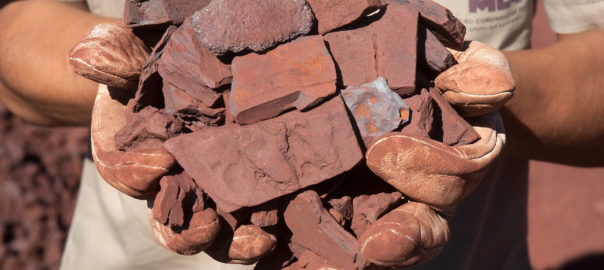
Mining News Pro - Australia’s iron ore resource base is capable of sustaining production for at least six decades, according to the Minerals Council of Australia (MCA).
The MCA described Western Australia’s Pilbara region as “to the global iron ore industry what the Silicon Valley is to global technology” in its Best in Class: Australia’s Bulk Commodity Giants, Australian Iron Ore: When Quality Meets Opportunity report.
The report estimated that the average remaining resource life for major Pilbara producers at 65 years, with Australia boasting an estimated 70 billion tonnes of JORC compliant iron ore resources remaining.
“Australia is truly in a unique position on iron ore,” MCA stated in the report.
“Not only does it have proximity to the largest and fastest growing markets, but it is also endowed with vast, low cost, high quality iron ore resources.
“These resources are being developed to supply products that are well suited to the high efficiency, large coastal steel mills in Asia.”
These attributes, partnered with Australia’s skilled and stable workforce of mining professionals, has put Australia in the position of having the world’s most efficient and profitable iron ore industry.
In 2019-20, Australia exported $103 billion worth of iron ore, accounting for 22 per cent of Australia’s total goods and services exports.
This is set to continue as China still experiences significant infrastructure growth and new frontiers in south and east Asia emerge as exciting new market opportunities.
Australia supplies approximately 86 per cent of high-grade lump iron ore, the best suited iron ore product for Asia’s steel mills as steel producers continue to focus on lowering emissions by using higher grade iron.
With a 14-day voyage time from the Pilbara to Asia versus 40 days from Brazil to Asia, Australia also has a distinct freight advantage as well as its high quantity of available product.
“Asia as a whole represented around 90 per cent of total seaborne imports in 2019, providing Australian producers with a major advantage in terms of proximity to market,” MCA stated.
“The majority of Australian iron ore production falls into the 62 per cent iron and 58 per cent iron sinter fines categories.
“Asian mills have developed sintering and blast furnace practices to the evolving supply chain quality spectrum and the new products introduced during the China boom are now a core component of mainstream seaborne supply.”
Australian producers are placed to prosper due to its large, high quality and low-cost resource base, along with with its advanced infrastructure and proximity to Asia.
“The extensive resources and infrastructure network, coupled with the industry leading mining skills and workforce base built up over the decades, has Australia well positioned to rise to the challenges and seize the opportunities ahead,” MCA concluded.
Short Link:
https://www.miningnews.ir/En/News/610397
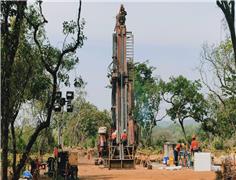
A prefeasibility study for Predictive Discovery’s (ASX: PDI) Bankan gold project in Guinea gives it a net present value ...
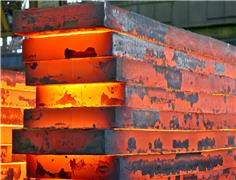
Iron ore futures prices drifted higher on Thursday as the latest soft data from top consumer China triggered renewed ...
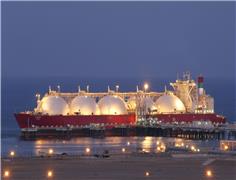
Vitol Group confirmed that it’s starting to rebuild a trading book for metals after a long stint out of the market, with ...
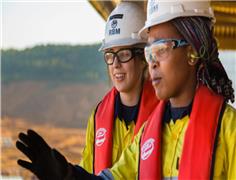
Rio Tinto said on Wednesday it is teaming up with a global venture studio and start-up investor to back the development ...
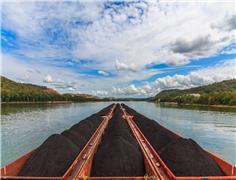
Outflows from global physically backed gold exchange traded funds (ETFs) continued for a 10th month in March, but at a ...
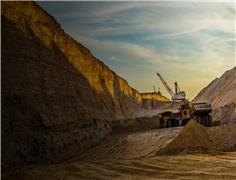
Australia’s Fortescue said on Monday it would form a joint venture with OCP Group to supply green hydrogen, ammonia and ...
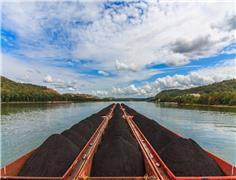
BMO Bank quietly dropped its policy restricting lending to the coal industry in late 2023, helping it avoid being ...
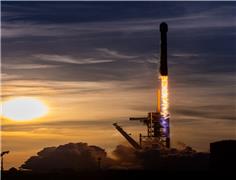
Australian space exploration company Fleet Space Technologies has successfully deployed its next-generation Centauri-6 ...
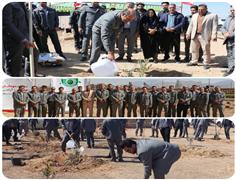
Mining News Pro - The ceremony of commemorating the tree planting day and the beginning of the afforestation project and ...
No comments have been posted yet ...